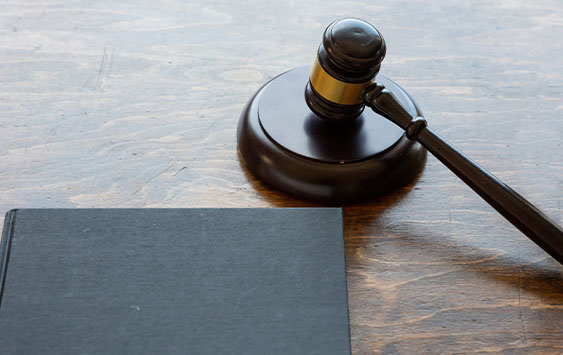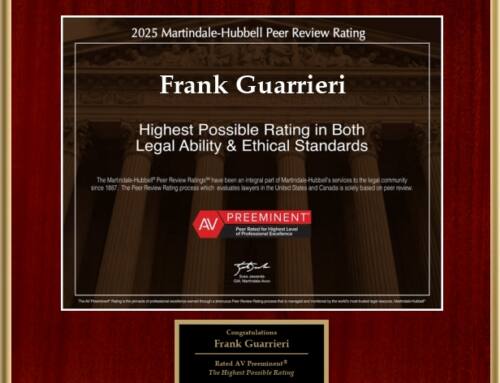The issue of whether property damages are “sudden and accidental” is frequently litigated in homeowners insurance cases.
Recently, C&H attorney, Michael Maguire, successfully defended an insurer in a Philadelphia Non-Jury Trial conducted via remote technology where the Court held that May 5, 2017 interior
water damage at the insured property was not “sudden and accidental” and, therefore, not covered by the insurance policy. Rejecting the insured’s attempt to shift the burden of proof to the insurer to establish that the interior water damage was not sudden and accidental, the Court entered a defense verdict on the insured’s Breach of Contract and Bad Faith claims.
At Trial, the insured testified to a May 2, 2017 accident which involved a truck getting tangled in overhead electrical/communication wires while driving down the insured’s street. That truck
incident pulled wires off of the side of the insured property. The Court found that the insurer “properly compensated” the insured for the exterior damages caused by the truck incident.
However, the insured also claimed that the May 2, 2017 truck incident caused roof damage at the insured property which allowed water to enter the property on May 5, 2017 during a storm causing interior damage. The Court rejected the argument that the May 5, 2017 interior water damage was “suddenly and accidentally” caused by the May 2, 2017 truck accident as the wires that were pulled off the property were below the roof line.
The Court also rejected the insured’s alternate theory that the May 2, 2017 truck incident caused a branch and debris to fall in the roof’s scupper box forcing water to overflow down the rear wall
into the interior of the property during the May 5, 2017 storm. The branch in the scupper box “did not have freshly torn bark and appears to be aged and desiccated, which further indicates that its
presence was unrelated” to the truck incident.
The Court found that the “wiring may have gotten entangled in the long-deteriorating shingles, felt paper and exposed wood sheathing . . . but [the insured] did not prove that the entanglement caused the extensive water damage” at the insured property 3 days later during the May 5, 2017 storm. The Court noted that the “shingled roof already had deteriorated, warped, and had broken shingles and the flat roof had discoloration, ponding, and pooling of water and long-accumulating debris.”
In the end, the Court found that the insurer “conducted a methodical and thorough investigation, relied on an independent expert in reaching its decisions, engaged in frequent communications”
with the insured and her public adjuster while investigating the claim, “and reached a reasonable conclusion that the unambiguous terms” did not cover the insured’s claim for interior water
damage.
The Court’s Order, and Findings of Fact and Conclusions of Law can be accessed by clicking on the following link: Davis vs. Allstate Property and Casualty Insurance. If you have any questions about this case, please contact Michael Maguire at 215-736-2521 or mpm@curtinheefner.com.







Leave A Comment